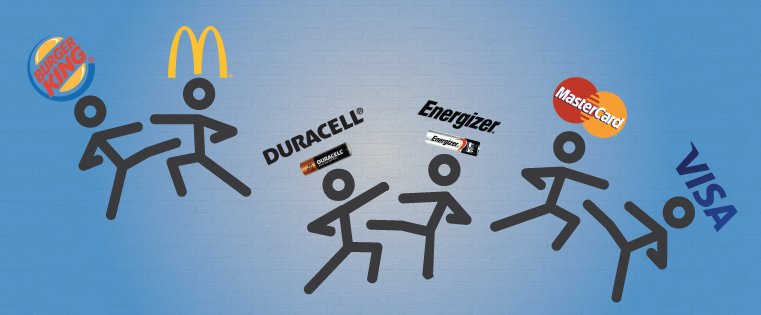 While it may not be known as the Super Bowl of advertising, the 85th Academy Awards attracted big brands whose aim was to associate with the glitz and glamour of the red carpet while reaching the approximately 40 million viewers who tuned into the ABC broadcast in the U.S.
While it may not be known as the Super Bowl of advertising, the 85th Academy Awards attracted big brands whose aim was to associate with the glitz and glamour of the red carpet while reaching the approximately 40 million viewers who tuned into the ABC broadcast in the U.S.

Who’s to say what sponsors thought of host Seth MacFarlane, but with ratings up 19 percent, they were likely satisfied with their investment. Diet Coke, Hyundai, Samsung, American Express, Apple and JC Penny are said to have paid more than $1.6 million for a 30-second spot.
But no longer does a brand’s presence have to start and end with advertising during the fixed window of a 3-hour telecast. With millions of photos generated from the red carpet, the awards program and the after parties, the images surrounding Oscar have become valuable advertising real estate through the advent of in-image advertising.
In-image ads are custom rich media units overlaid on photos and keyword-targeted to the names of the associated movies or celebrities who appear in the image. Similar to how search volume for the nominated films and actors increases in the days leading up to an awards program, in-image advertising extends the “event horizon” beyond the broadcast itself to the days — and sometimes weeks — surrounding any major television event as photos are uploaded and shared online.
Whether used as an alternative or a complement to television advertising, the in-image format has grown in popularity among advertisers over the past two years. Unlike traditional banner advertising, in-image ads have the unique ability to create brand association with an event directly in-line with the editorial content where a consumer’s attention is actively engaged.
The opportunity is equally compelling for publishers. As of Tuesday morning, a Google search for “2013 Oscar photos” returned a stunning 1.3 billion results. If only a third of those images were to be monetized by in-image ads, it would represent a revenue opportunity of at least $200 million to the publishers who host them.
An analysis of image traffic on the GumGum platform in the days before and after the Oscars in 2012 showed both impressions and click-through rates rose steadily in the days prior to the broadcast and spiked on the day immediately following each event. The pattern was also consistent for the Golden Globes and the Grammys.
For advertisers, in-image extends the reach of a television campaign, which can include delivery of its video ads. For brands that aren’t buying television, in-image advertising is an easy and affordable way to have direct association with the event as consumers browse images of the nominees and winners.
Deploying an in-image advertising campaign in the days preceding and following an awards program also allows for higher frequency of impressions associated with the event than would be feasible on television during the broadcast. And with the highest amount of engagement occurring on the day after the show, in-image advertising gives brands a new opportunity to have the last impression in consumers' minds.











